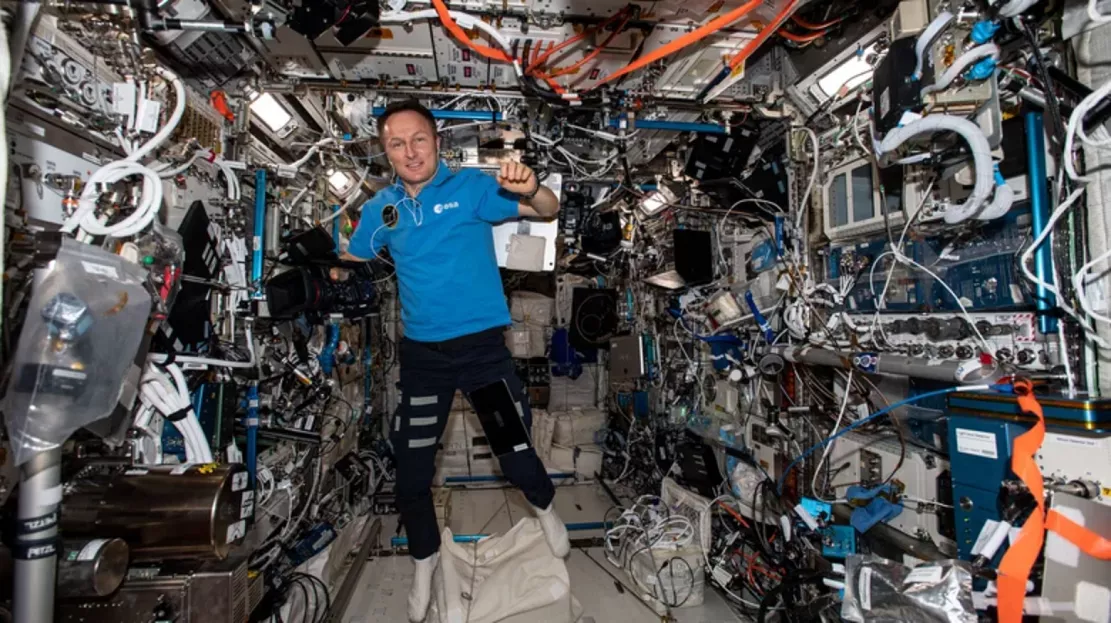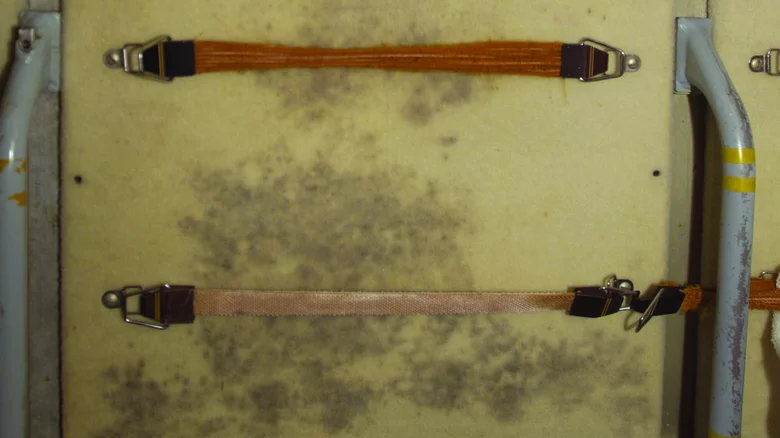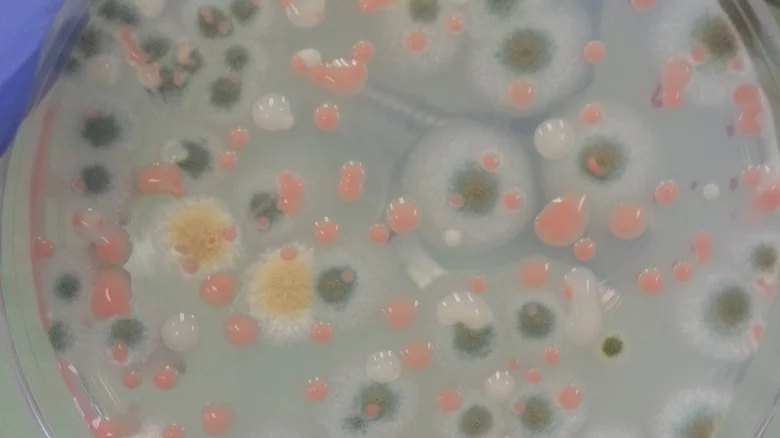You may think the back of your refrigerator is very disgusting and difficult to clean, but imagine how bad it would be if you were in space. The Russian Mir space station has bacteria and fungi, while the international space station (ISS) also has a variety of microorganisms. The good news is that according to NASA, microbes found in space are no more dangerous than those found on earth.

However, the space agency still hopes to find ways to keep the bacteria and fungi in ISS clean so that astronauts there will not get sick.
Malgorzata holynska, a researcher of ESA, said: "because the immune system of astronauts is inhibited by microgravity, the microbial population of long-term space missions in the future will need to be strictly controlled. Therefore, the material physics and Chemistry Department of ESA is cooperating with the Italian Institute of technology to study antibacterial materials that can be added to the internal surface of the cabin."
The idea is to create a coating that can be applied to different parts of the space station to neutralize bacteria. Researchers are developing a coating that reacts with ultraviolet light to break down water molecules in the air. Oxygen is broken down into highly active molecules called free oxygen radicals, which neutralize various bacteria. "Bacteria are inactivated by the oxidative pressure generated by these free radicals," another researcher Mirko Prato pointed out. "This is an advantage, because all microorganisms are affected without exception, so we have no opportunity to increase bacterial resistance like some antibacterial materials."
Challenges of space environment

Of course, designing for space can be inspired by earth based technology, but there are some additional considerations to consider when proposing solutions to work on space stations. For example, the antibacterial technology needs to be safe in the closed environment where astronauts use the water circulation system.
Malgorzata said: "Silver is usually used as the antibacterial coating on earth, but we want not to use it here. The problem is that in the closed environment of spacecraft, long-term exposure to silver may have a negative impact on the health of astronauts - for example, we do not want heavy metals to accumulate in the water on board. This is because exposure to too much silver in the water supply will cause health problems such as skin and eye irritation, which is not a good thing for astronauts."
Researchers are trying to replace silver with titanium oxide as a substitute. This compound has the advantage of long-term stability, so it should not decompose too quickly. But before it can be used on the entire space station, researchers need to check what happens when it degrades, because they want to make sure that any by-products of oxidizing bacteria are not harmful. Another requirement is that the coating needs to be used for various materials such as glass and metal and fabrics. The layer needs to be thin enough so that it does not interfere with the properties of the material, such as the loss of elasticity of the fabric. To achieve this, the coating being tested is very thin, with a thickness of one millionth of a millimeter.
Other ways to attack space bugs

In addition to the titanium oxide coating developed as part of a project called patina, ESA is also studying other ways to keep the space station clean. Other cleaning ideas include developing coatings of materials that repel all water, thereby ensuring that microorganisms do not have any water to help them develop. Other project ideas are to use electrostatic reactions to keep clean or to find compounds that can kill bacteria without harming astronauts.
But an important factor for researchers to understand when developing these technologies is which insects they want to protect. This is why there are some experiments on ISS, such as a group of panels that encourage astronauts to touch regularly. The five panels are made of different materials. Once they are returned to earth, researchers will be able to see what microbes adhere to each panel and how long they have survived. The researchers hope that these developments will not only be useful in space, but may also help develop antibacterial technologies that can be used in medical facilities on earth.